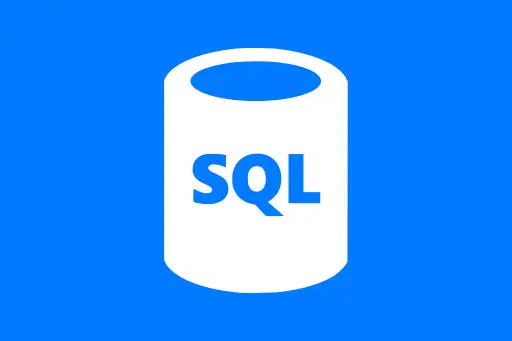Overview of Big Data Tools: Hadoop, Spark, Hive
Overview of Big Data Tools: Hadoop, Spark, Hive
In the world of Big Data, three powerful tools stand out for processing and analyzing large-scale data: Hadoop, Spark, and Hive. Each has its own strengths, use cases, and ecosystem. Let’s explore each one with simple, relatable explanations and examples.
1. Hadoop: The Foundation of Distributed Storage
Apache Hadoop is an open-source framework that allows you to store and process huge amounts of data using clusters of commodity hardware. It follows a distributed model, meaning it splits data into chunks and distributes them across multiple nodes (computers).
Core Components of Hadoop
- HDFS (Hadoop Distributed File System): Stores large data sets across multiple machines.
- MapReduce: A programming model for processing data in parallel.
- YARN: Resource management and job scheduling.
Example: Web Server Logs
Imagine a large e-commerce site where millions of users visit daily. Each click, scroll, and product view gets logged. Storing and analyzing these logs using a traditional system would crash or slow down drastically. Hadoop stores these logs in HDFS across different machines and then runs MapReduce jobs to count user visits, find popular products, or detect unusual activity.
Question:
Why is Hadoop more reliable than storing data in one server?
Answer:
Because it replicates data across nodes. If one node fails, the data is still safe on others.
2. Apache Spark: Fast and In-Memory Processing
Apache Spark is a lightning-fast Big Data engine that processes data in-memory (RAM), making it much faster than Hadoop’s disk-based MapReduce. Spark can handle batch as well as real-time streaming data, machine learning, and graph processing.
Key Features of Spark
- In-memory computation for faster processing
- Supports multiple languages: Python (PySpark), Scala, Java, R
- Built-in libraries for SQL, ML, and streaming
Example: Fraud Detection in Banking
Banks process millions of transactions per day. Some may be fraudulent. Spark allows banks to analyze transactions in near real-time using streaming data. It detects patterns and flags suspicious behavior instantly by comparing user behavior with historical patterns.
Question:
Why is Spark preferred over Hadoop for real-time analytics?
Answer:
Because Spark keeps data in memory and supports real-time streaming, while Hadoop writes every step to disk, making it slower for such tasks.
Mini Python Example with PySpark
Let’s use PySpark to load a small dataset and perform a basic transformation:
from pyspark.sql import SparkSession
# Create Spark session
spark = SparkSession.builder.appName("Demo").getOrCreate()
# Create DataFrame
data = [("Alice", 34), ("Bob", 45), ("Cathy", 29)]
df = spark.createDataFrame(data, ["Name", "Age"])
# Filter people older than 30
df_filtered = df.filter(df.Age > 30)
df_filtered.show()+-----+---+ | Name|Age| +-----+---+ |Alice| 34| | Bob| 45| +-----+---+
This example runs locally. At scale, Spark can process terabytes of data across a cluster.
3. Apache Hive: SQL for Big Data
Apache Hive is a data warehouse tool built on top of Hadoop. It allows users to write SQL-like queries (called HQL) to analyze data stored in Hadoop’s HDFS. This makes Big Data accessible to people who know SQL but not Java or Python.
Features of Hive
- Use of SQL-like queries on massive datasets
- Schema-on-read — structure applied at query time
- Batch processing, not real-time
Example: Product Review Analysis
Suppose a company stores all customer reviews in HDFS. Instead of writing MapReduce or Spark code, analysts can use Hive to write:
SELECT product_id, COUNT(*) AS review_count
FROM customer_reviews
GROUP BY product_id;This would return the number of reviews per product — easy to do for anyone familiar with SQL, even if the data size is in terabytes.
Question:
Can Hive be used for real-time querying?
Answer:
No, Hive is optimized for batch queries. For real-time needs, tools like Spark SQL or Apache HBase are better suited.
When to Use Which Tool?
| Tool | Best Use Case |
|---|---|
| Hadoop | Storing and processing massive datasets using disk |
| Spark | Fast in-memory processing, real-time streaming, ML |
| Hive | SQL-based querying of structured data on HDFS |
Summary
Hadoop is the backbone of Big Data storage, Spark brings speed and flexibility, and Hive opens up Big Data to SQL users. Understanding the strengths of each tool helps in selecting the right one for your use case as you build data pipelines and analytics systems.













Comments
Loading comments...